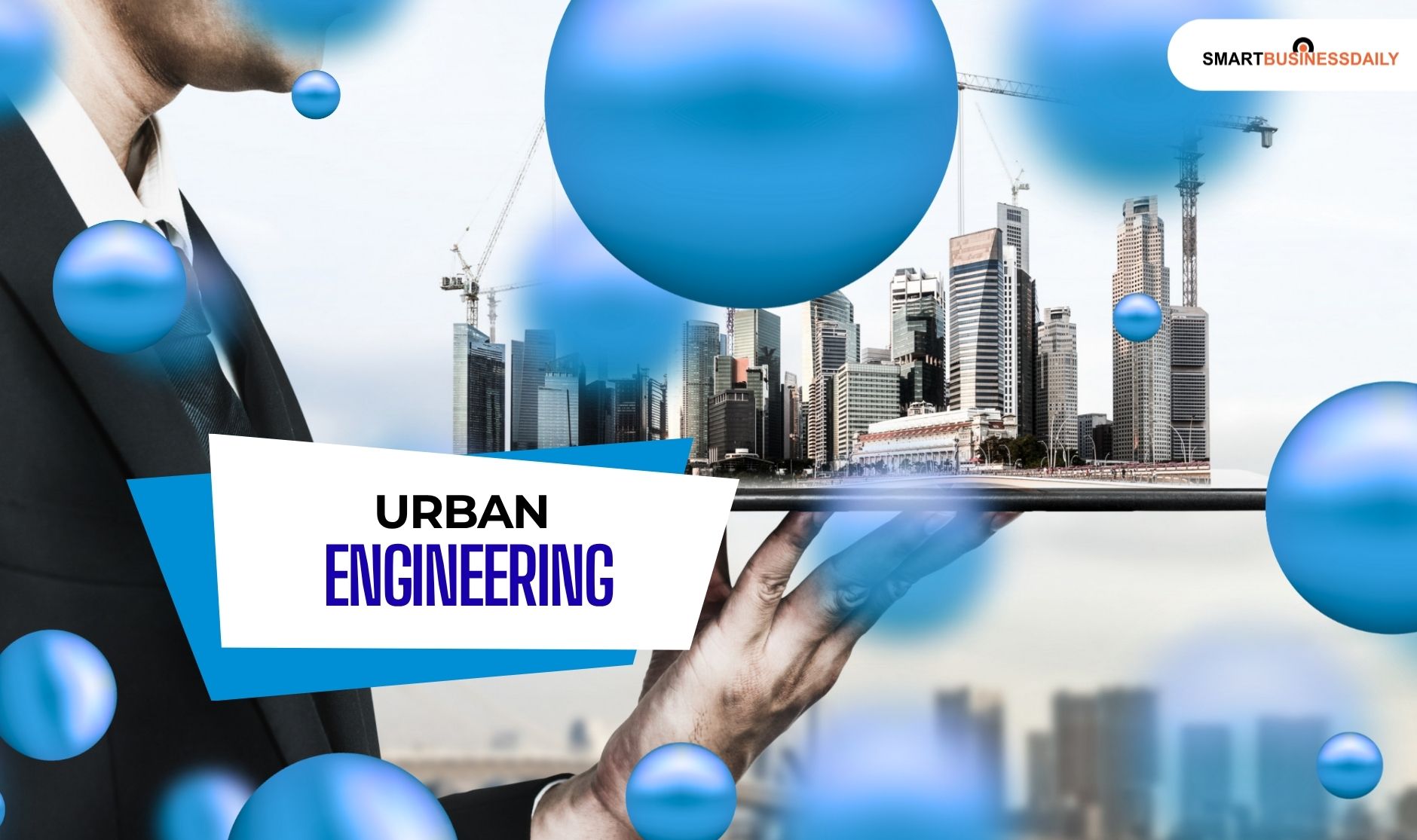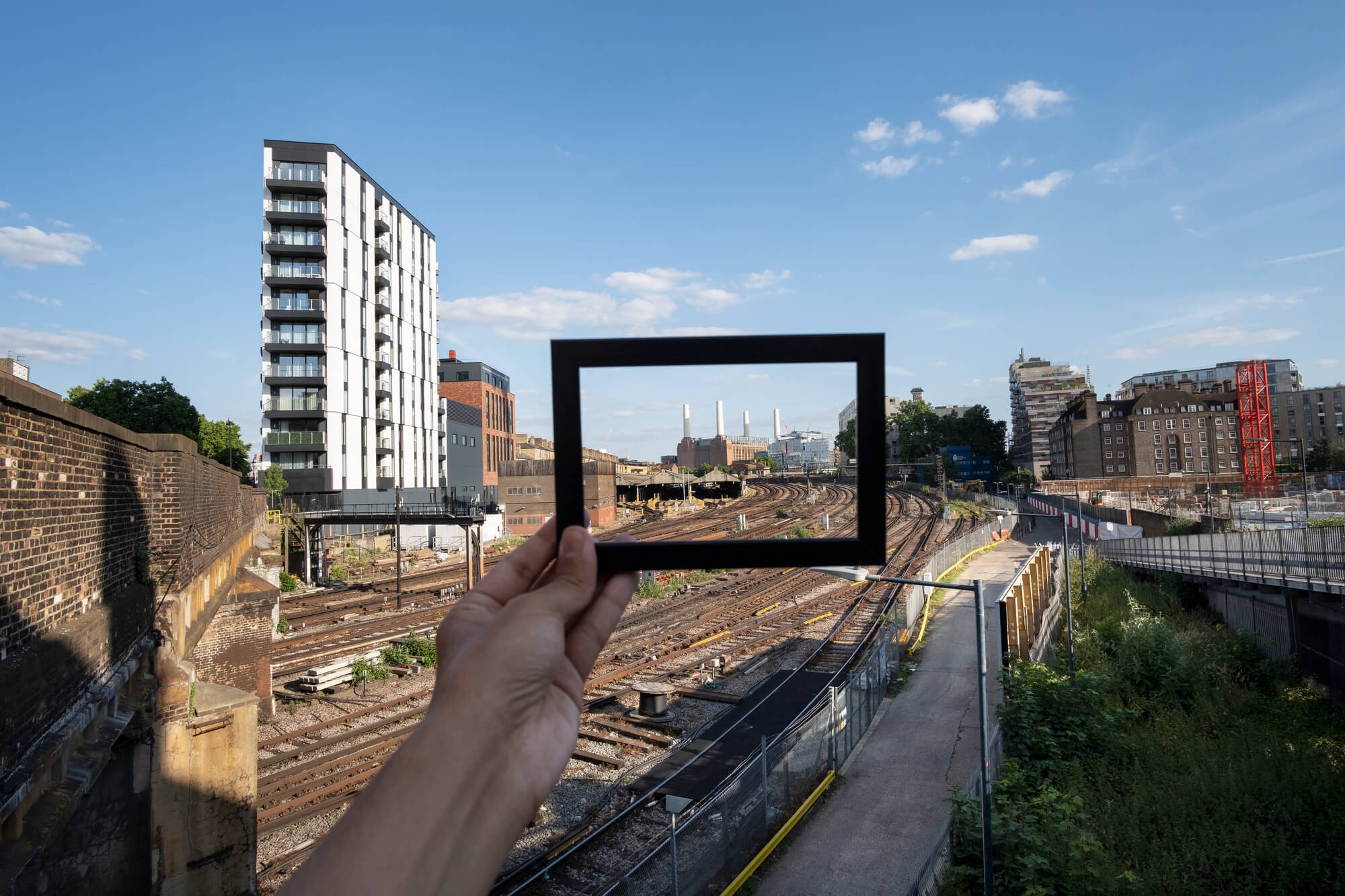How Urban Engineering Is Powering The Next Wave Of Economic Growth
28 October 2025
5 Mins Read

Urban engineering is at the heart of our cities’ growth. It focuses on the design of smart cities.
Additionally, it also deals with the construction and management of urban infrastructure.
We live in a fast-paced world. The cities continue to grow and expand.
So, the engineers navigate incredible challenges. Also, they juggle the opportunities.
Their work shapes not only the physical landscape but also the future of urban living.
In this article, I’ll take a closer look at the state of urban engineering today.
I’ll also highlight exciting recent innovations and discuss the obstacles that lie ahead for urban development engineers Nashville.
I hope that they work to create more resilient, efficient, and vibrant urban environments.
What Role Does Urban Engineering Play In Creating Smart Cities?
Urban engineering is essential to shaping the livable and vibrant cities we inhabit today.
At its core, this discipline focuses on developing infrastructure that meets the needs of growing populations while fostering sustainability.
Urban engineers play an important role in designing intricate transportation networks. This includes everything, such as:
- Busy roads
- Sturdy bridges
- Efficient public transit systems
Their work ensures that residents can easily move about their neighborhoods and cities. Also, it enhances both accessibility and quality of life.
But urban engineering goes beyond transportation. It also encompasses the creation and management of vital utilities, such as
- Water supply systems
- Sewage treatment
- Power grids
These essential services are the backbone of urban life. Additionally, it facilitates access to the three most important necessities:
- Drinking water
- Waste management
- Electricity distribution
Urban engineers strive to innovate and improve these systems, making them more resilient to challenges like climate change and increasing demand.
In essence, urban engineering blends functionality with artistry. It’s also about designing efficient urban spaces.
Additionally, it is inviting and sustainable. So, it ultimately fosters thriving communities where people can:
- Live
- Work
- Connect
What Are The Three Most Important Elements Of Urban Engineering?

The three most important elements of urban planning for smart cities are:
1. IoT And Urban Connectivity
Smart cities use the Internet of Things (IoT) to connect devices, sensors, and systems.
This connection creates a network of real-time data that helps cities manage their infrastructure better.
For instance, traffic sensors can monitor vehicle flow and change traffic lights immediately to reduce congestion.
IoT waste management systems alert garbage trucks when bins are full to ensure timely collection and limit overflow.
Smart water management systems can find leaks and improve water use, helping to save this important resource.
For IoT to work in cities, engineers must plan and design carefully. The systems should be reliable and secure.
Additionally, it needs to be able to handle large amounts of data.
Engineers also need to ensure these IoT solutions can grow as the city expands.
However, IoT also brings challenges. Engineers must build systems that not only collect data but can also analyze it effectively.
This involves keeping data safe during storage and transmission to protect important infrastructure from cyberattacks.
2. Autonomous Vehicles
A key development in smart cities is the rise of autonomous vehicles (AVs). I really like the concept of self-driving cars, buses, and delivery trucks.
They are changing how we get around in cities.
Of course, the urban engineers play an important role in this change. They create the technology for AVs. Additionally, they help integrate them into city systems.
Now, you must know that the autonomous vehicles rely on:
- Advanced sensors
- Machine learning
Additionally, they rely on real-time communication with things like traffic lights and other cars.
Engineers work on making AVs that can navigate city streets safely. Also, it reduces traffic and pollution.
AVs can lessen the need for parking. Why? Because they can drop off passengers and keep moving. This opens up space in crowded cities.
Cities like Phoenix and Pittsburgh are testing autonomous public transport systems.
This helps engineers improve the technology. Also, they can address challenges with existing city infrastructure.
However, introducing AVs has its challenges. Engineers must create smart transportation systems that can handle both self-driving and human-driven vehicles.
This ensures that AVs can safely move through complex city environments while being mindful of pedestrians and cyclists.
3. Sustainability In Infrastructure
Sustainability is a key part of the smart city idea. Engineers design buildings and infrastructure to reduce environmental impact.
Additionally, it promotes a sustainable urban future. This includes creating:
- energy-efficient buildings,
- smart grids, and
- green public spaces.
For instance, smart grids help manage energy use and cut down on waste. The engineers use data from smart meters and sensors.
Then, the engineers can distribute energy effectively. This reduces carbon emissions and improves energy reliability.
Energy-efficient buildings with smart features. One of the common features includes automated lighting and heating systems. These help lower energy use in cities.
Green infrastructure is also important in smart city planning, such as:
- Green roofs
- Urban parks
Engineers add these elements to combat heat. Additionally, improve air quality and enhance residents’ living conditions.
In cities like Copenhagen, engineers are creating smart, energy-efficient buildings. These use renewable energy sources like
- Solar power
- Wind power
These innovations cut the environmental impact of cities. Additionally, they improve the well-being of residents.
Also, they are making their living spaces healthier and more comfortable.
How Does The Future Look With Urban Engineering And Smart Cities?
As we look to the future, the importance of engineers is set to increase significantly.
Engineers are at the forefront of building smart cities with the rapid growth of technologies like the
- Internet of Things
- Self-driving cars
- Eco-friendly infrastructure
They tackle challenges head-on and explore exciting new opportunities for urban living.
Now, the engineers are embracing innovation and working together. So, we are not just creating structure.
But they are also shaping communities for everyone that are
- Safer
- Smarter
- Fairer
The engineers are building the cities of tomorrow. I believe it’s the engineers who will guide us through this remarkable transformation.
They are truly the visionaries behind the scenes. They are crafting a better future for all of us.



















Comments Are Closed For This Article